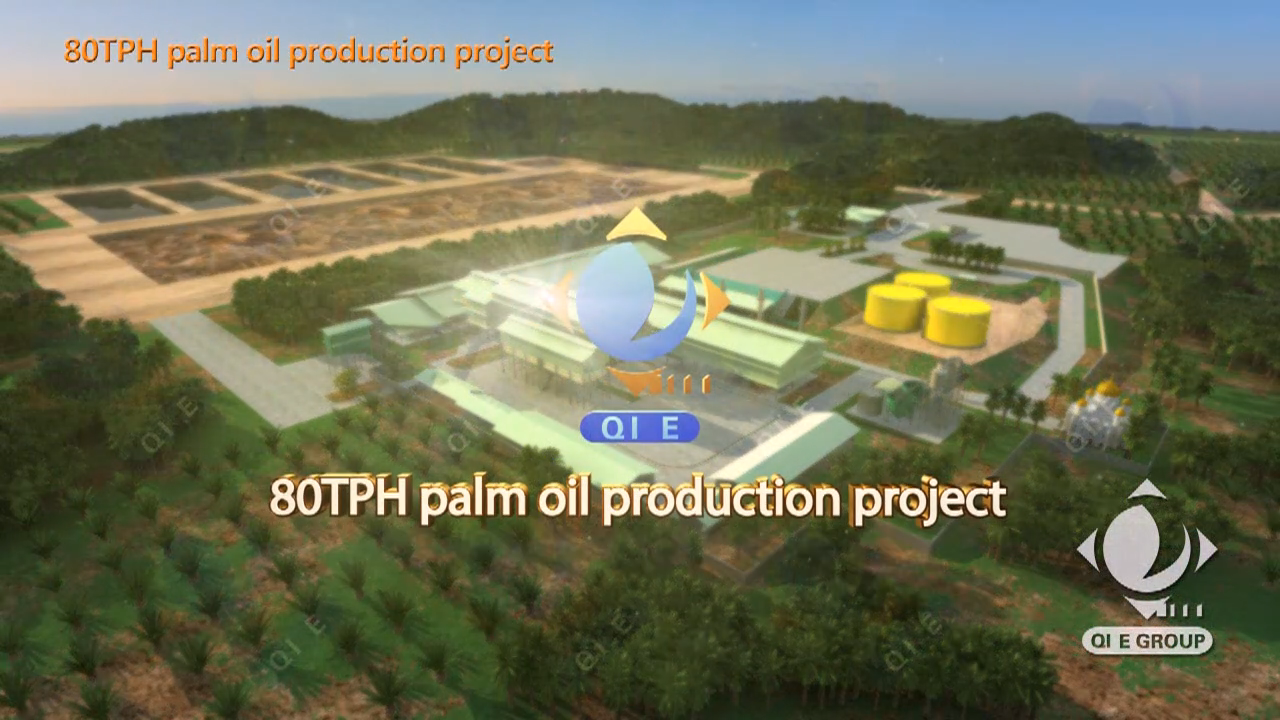
Are you new to the oil - pressing industry or struggling with common issues in the pre - treatment of screw oil presses? This is a must - read干货 guide for beginners, offering you a hands - on, step - by - step guide to pre - treatment processes. With this guide, you can quickly get started without making costly mistakes!
The first step in pre - treatment is raw material cleaning. Impurities in the oilseeds, such as dust, stones, and stems, can cause blockages in the screw oil press and reduce the quality of the final oil product. A well - cleaned raw material can increase the oil extraction efficiency by about 2%.
Problem: You may find it difficult to completely remove all impurities, especially small particles mixed with the oilseeds.
Solution: Use a combination of screening and air - separation techniques. A vibrating screen can separate larger impurities based on size, while an air - separator can remove lighter impurities like dust. For example, when dealing with rapeseeds, a 2 - stage cleaning process can effectively remove over 95% of impurities.

Crushing the oilseeds is crucial as it increases the surface area of the oilseeds, making it easier for the oil to be released during the pressing process. However, the crushing granularity needs to be carefully controlled.
Problem: If the particles are too large, the oil extraction rate will be low. On the other hand, if the particles are too small, it may lead to clogging in the press.
Solution: Adjust the crusher settings according to the type of oilseeds. For peanuts, a medium - sized granularity is recommended, which can improve the oil extraction rate by about 3%. You can test different settings and measure the oil output to find the optimal granularity.
Steaming and stir - frying, also known as steaming, is a key step in pre - treatment. It can change the physical and chemical properties of the oilseeds, further improving the oil extraction rate.
Let's look at a real - world example. In a comparison test, when peanuts were not steamed before pressing, the oil extraction rate was only 40%. However, after standard steaming at the appropriate temperature and time, the oil extraction rate increased to 43%, a 3% improvement.
Problem: Controlling the temperature and time accurately can be challenging. Different oilseeds have different optimal steaming conditions.
Solution: Refer to the following table for recommended steaming temperatures:
| Oilseed Type | Steaming Temperature (°C) |
|---|---|
| Rapeseeds | 100 - 110 |
| Peanuts | 110 - 120 |
| Sunflower Seeds | 90 - 100 |

Conditioning is the final step in pre - treatment, which involves adjusting the moisture content, temperature, and time based on the type of oilseeds. This step can ensure the stability of the oil extraction process and extend the service life of the screw oil press.
Problem: Applying a one - size - fits - all approach to conditioning can lead to sub - optimal results, such as low oil output or excessive wear on the equipment.
Solution: Adjust the moisture content, temperature, and time according to the specific oilseed type. For example, for rapeseeds, the moisture content should be around 8 - 10% during conditioning, and the temperature should be maintained at about 80 - 90°C.
Which type of oilseed have you found the most difficult to pre - treat? Share your experiences in the comments below!
To help you better implement these pre - treatment processes, we provide a practical operation checklist template and visual tools (GIFs/short video clips). With these resources and our industry - proven experience, you can optimize your oil - pressing process and achieve better results.

Ready to revolutionize your screw oil press pre - treatment process? Click here to access more in - depth guides and professional support.

